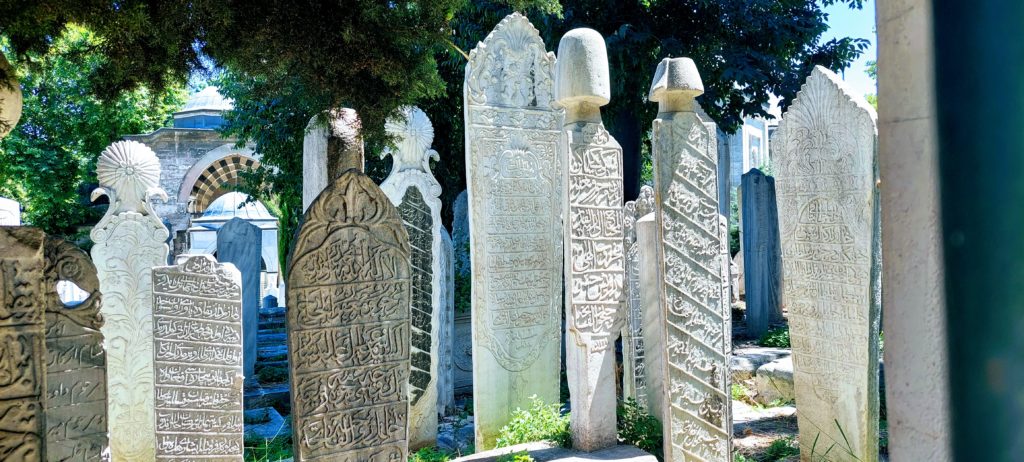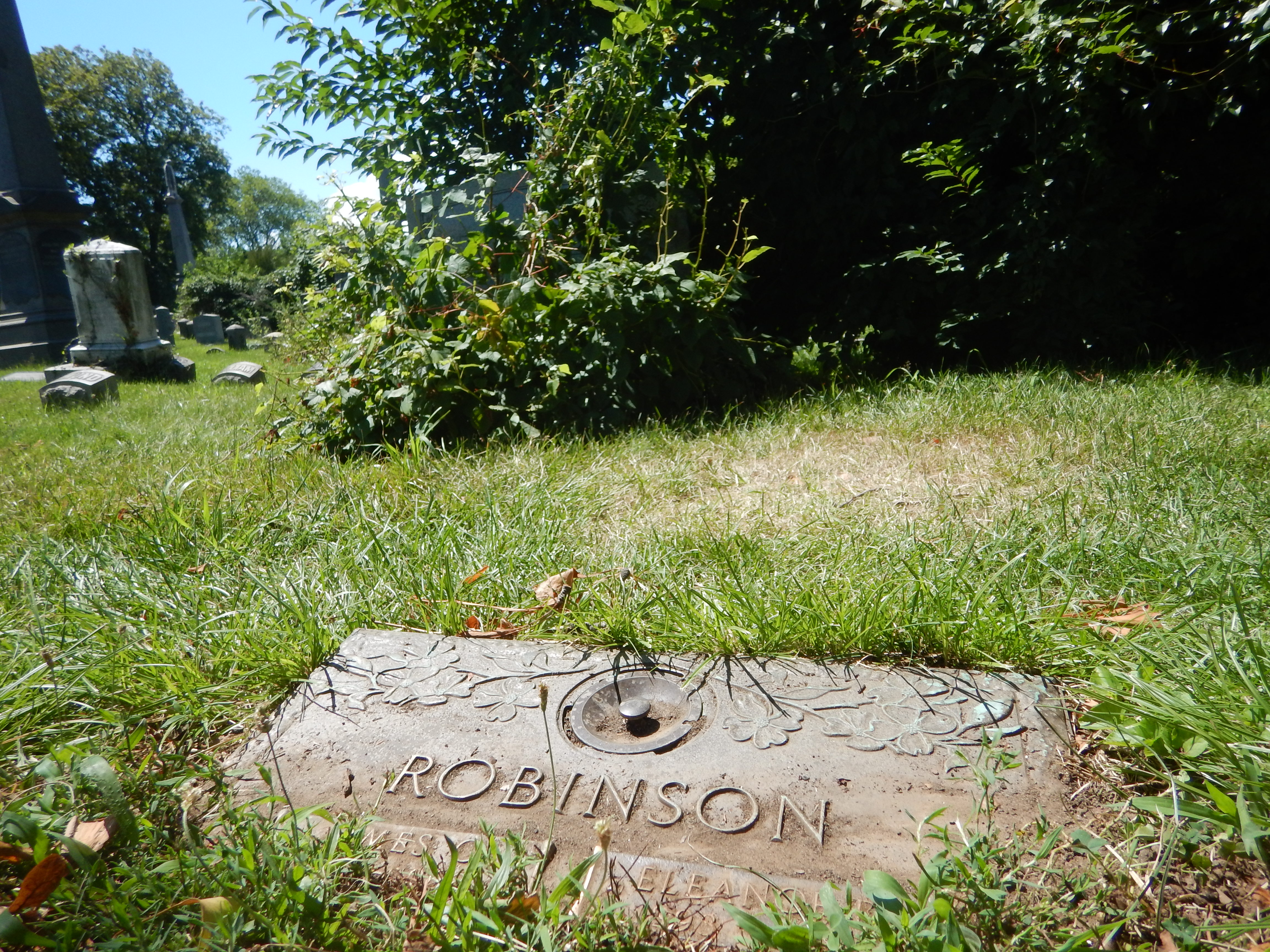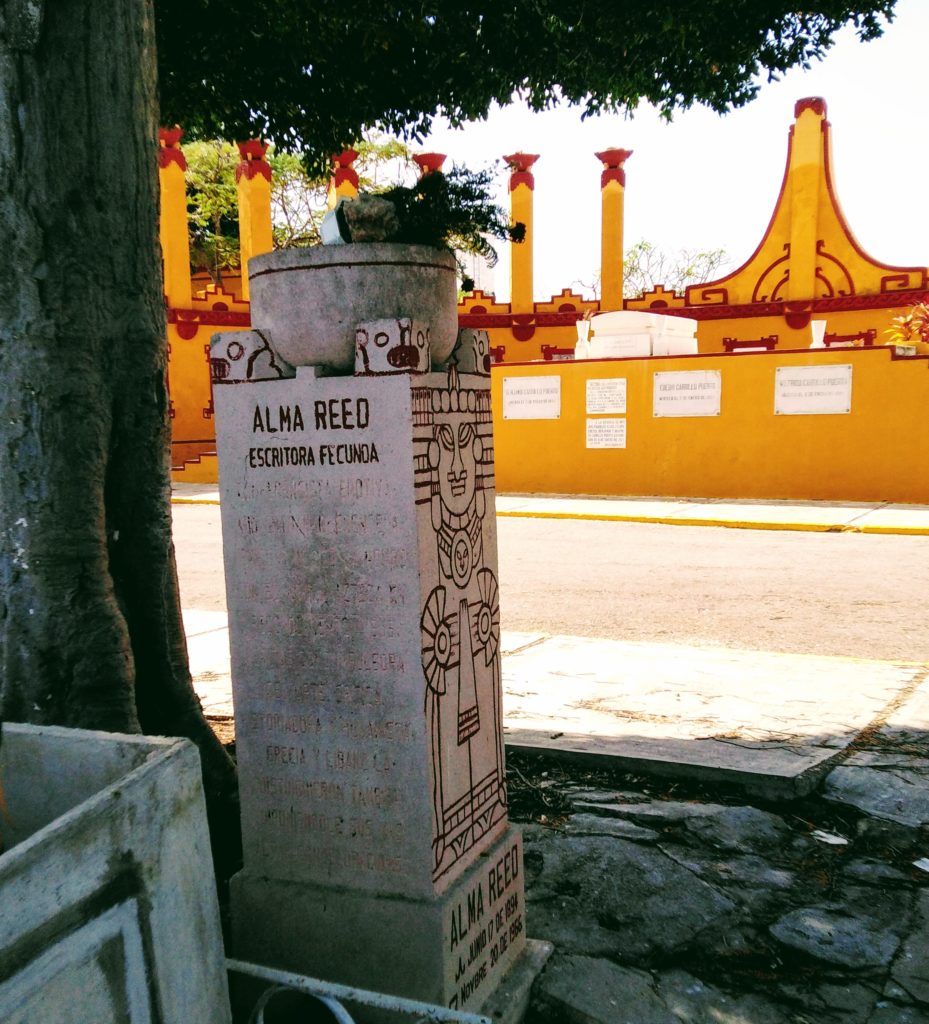
I’m a travel addict, I admit, but I also have a semi-secret side addiction.
I’m a taphophile. I like cemeteries.
Wherever I travel, I want to see where the bodies lie.
I enjoy visiting these repositories of the dead, both the popular and the mundane. I rarely pass by a cemetery without taking at least a quick look.
These monuments constructed for the remains of the dead, or even the simplest burial plots, often tell me something about a place that I don’t always find elsewhere in a city or country.
There is poetry, history, artistry, classic architecture, garish and subtle designs, inventive remembrances, macabre displays, elaborate landscaping, and sometimes gross neglect in cemeteries.
Many fascinating and poignant stories lie among the dead in cemeteries around the world, evoking tales of politics, art, and passions of the past.
Cemeteries also generally are not well-visited. So they often provide solitude, peace and quiet, easy places to reflect upon your thoughts.
***
When I began my journey from Hawaii in 2016, I wasn’t yet afflicted with taphophilia, but I had a few cemeteries in mind to visit, including the gravesite of my maternal grandparents in stately Moravian Cemetery on Staten Island, New York.

My maternal grandparents, James and Eleanor Robinson, were buried in the Moravian Cemetery alongside their first-born son, who died before he was a year old, which began a long-unfolding family tragedy.
My grandfather desperately wanted to raise a son. But following James Jr.’s death, there followed the birth of three daughters, and finally a fourth, my mother.
It was very late in my mother’s life when she revealed to me for the first time how much she suffered while growing up under the emotional burden of her father’s deep disappointment in never having another son.
***
Next, in southern New Jersey, I visited the burial crypt of the great American poet Walt Whitman, whose words inspired my journey.
“Forever alive, forever forward”
Walt Whitman, Song of the Open Road
Whitman lived out his long life in the city of Camden, and was buried there in Harleigh Cemetery, just a few blocks from where I was born and a short drive from the small town of Paulsboro, on the Delaware River, where I grew up.
Even though I was familiar with Whitman’s life and works since my college days in Philadelphia, it never occurred to me to visit his burial site.
But nearly 50 years later, there I was in the aura of the great bard, heeding at last his fervent plea, “Will you come travel with me?”
The Moravian and Harleigh cemeteries moved me to begin a pilgrimage to burial grounds around the world, now counting at least 30 that I’ve been to in 21 countries.
***

One of my favorites is the Cementerio General of Merida, Mexico, where, in 1924, dramatic violence shaped Mexican history. Felipe Carrillo Puerto, governor of the Mexican state of Yucatan, was assassinated by firing squad along with three of his brothers and eight compatriots on the cemetery grounds just a few steps from where they were buried.
Carrillo Puerto, a journalist and liberal politician who fought for the dignity and rights of the indigenous Mayan people, was lined up against a wall and shot when he refused to support a rebellion against the Mexican government.
An elaborate monument commemorating the killings became the centerpiece of the Cementerio General.
The bloody episode was doubly tragic, occurring only days before Puerto Carrillo was to marry prominent American journalist Alma Reed.
Reed remained single for the rest of her life and was buried at age 70 in a modest grave directly across from the monument.
The variety of styles and designs in the expansive Cementerio General of Merida, including ossuaries, where the the bones of the deceased are on display, is stunning, although many of its more prominent structures have fallen into a condition sometimes referred to euphemistically as elegant decay.
***

It was on one of my aimless solo walking tours, in Singapore, that I discovered Jalan Kubor, where exalted sultans and wealthy businessmen have been laid to rest since the mid-19th century.
Technically closed, Jalan Kubor inconspicuously occupies an overgrown and neglected city block in the middle of an otherwise meticulously maintained downtown business district of the city.
For more than 20 years, the property, lying on valuable real estate, has been slated for commercial development, but a complex history has it tangled up in lawsuits, politics and private special interests.
Meanwhile, cars, buses, residents and tourists whiz by daily on heavily trafficked Victoria Street, just a few feet away, taking little notice of the near-forgotten historic site.
***

My brother’s burial site in a forest of elm trees in Germany, is perhaps the most unusual cemetery I’ve visited.
George was a popular jazz musician and long-time resident of Germany. His wife was German and they had two daughters. He died of cancer in 2005 at age 58.
His family and wide circle of German friends arranged to have him laid to rest at the base of a tree where his remains helped nurture the growth of the trees. Only a small brass plaque on the tree identifies George’s place in the forest.
This burial practice was only beginning to be widely recognized at the time and has grown in popularity throughout the world since then.
Not having been able to attend his burial at the time, this was another place on my original travel bucket list, and the most meaningful.
***
There are many more cemeteries I still want to visit, including several that are well-known, like the Cimetière du Père Lachaise in Paris, Highgate in London, the City of the Dead in Cairo, and Recoleta Cemetery in Buenas Aires.
Also a few less-heralded cemeteries that nevertheless have meaning for me, such as Eglington Cemetery in Clarksboro, New Jersey, where my father used to take to me to his mother’s grave.
***
Death, in the end, is only for the living.
Some might call this fascination with cemeteries a macabre obsession, but in part it carries out a theme that applies to my late-life travels.
Death is the surest event we face in our lives, with the power to occupy the human mind from early childhood to life’s end.
We reserve large swaths of land all over the world to pay homage to the dead. We’ve invented countless myths and legends about the dead coming back to life, sometimes to comfort us, sometimes to terrorize us.
All the ceremony attendant to death and the possibilities of afterlife are a near-constant in the lives of most human beings. And while I believe the spookiness is interesting, and sometimes fun, I don’t believe in paranormal events or an afterlife.
I’m the only surviving member of my immediate family. George was my only sibling; my parents were cremated and their ashes scattered at sea. My memories of my family will be with me as long as I live. But I don’t believe that some kind of independent entities exist that contain the spirit or consciousness of my parents or brother.
Life simply ends at death, and everything we attach to a loved one’s death is either memory or an invention of our own lively human minds, a grievous reaction to personal loss, or a residual, deep-seated fear of the unknown.
Yet, I can’t easily dismiss these strange powers that the death of a loved one has over us, the living.
I’ve had strange experiences triggered by the deaths of my loved ones, and I’ve suffered under the terrible weight of their deaths.
These are the manifestations of death that I believe in, that bring me to realize death’s importance in our lives, recognizing our human need to give it meaning by holding these vestiges of life in reverence and respect for the dead and the cemeteries that hold them.
Death, in the end, is only for the living.
That’s why I love visiting cemeteries.
Great post!
I was touched by the stories of the Mexicans, and the photo of your brother’s final resting place is beautiful.
Thank you, Epiphanie, I am pleased by your comments.
Dave as I read your post I thought of the graffiti we often see carved into desks, in baseball dugouts and on bathroom stalls “ Bobby or Dave …was here”. Cemeteries are the final graffiti of a life! I love this idea. Would love to read more and see pics of your discoveries. Carry on…
Hi Kathleen! What a wonderful sentence:”Cemeteries are the final graffiti of a life!” I will use that with your permission, or steal it without. LOL Hahaha!!!